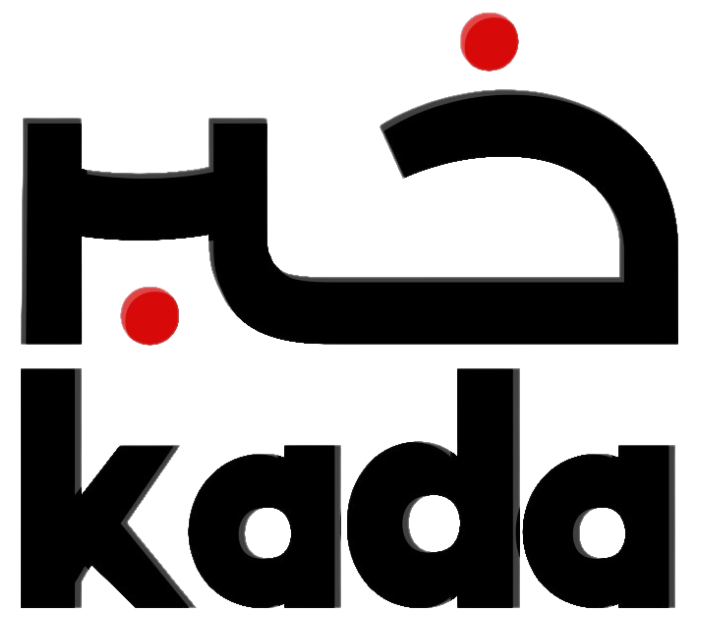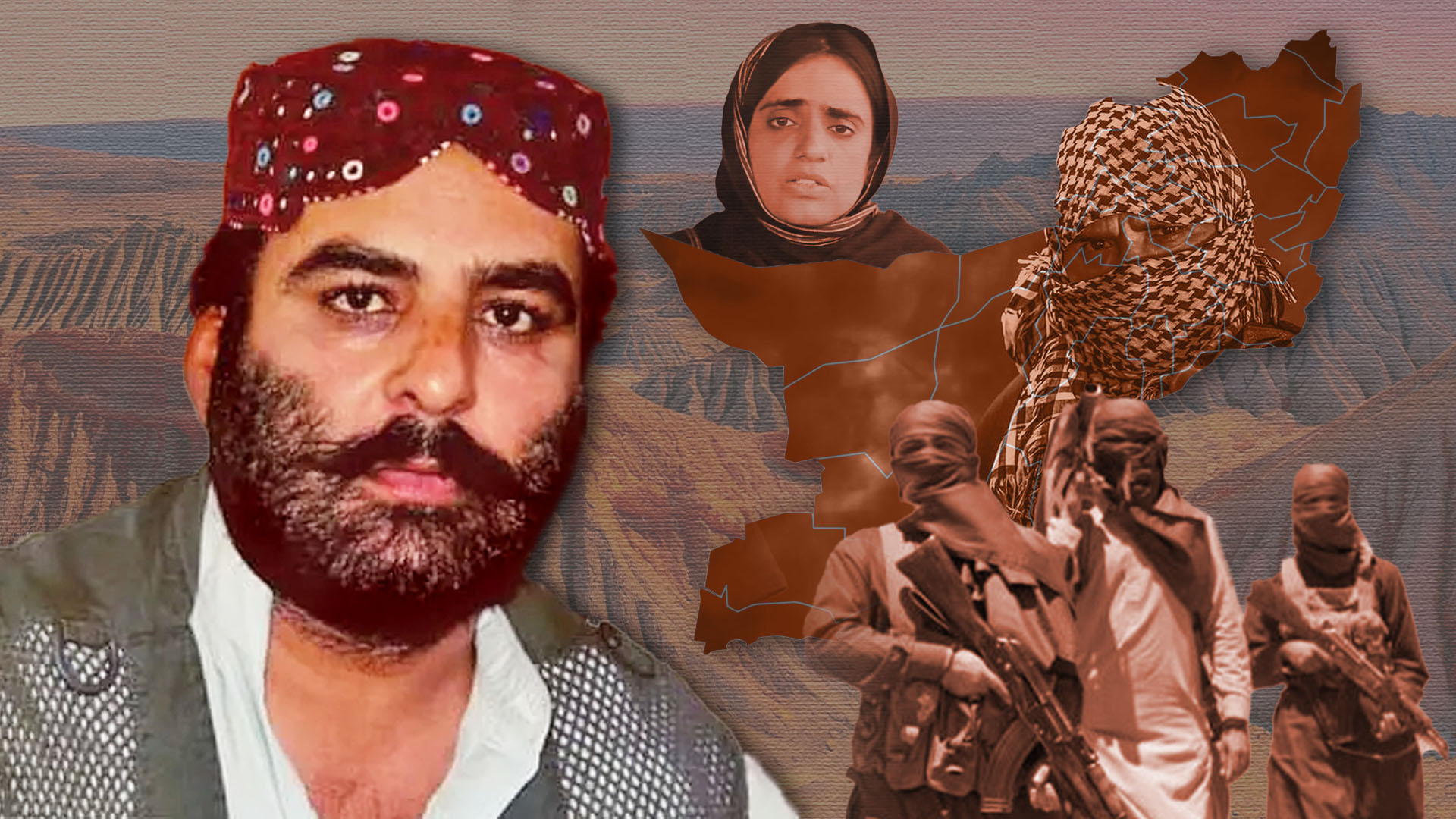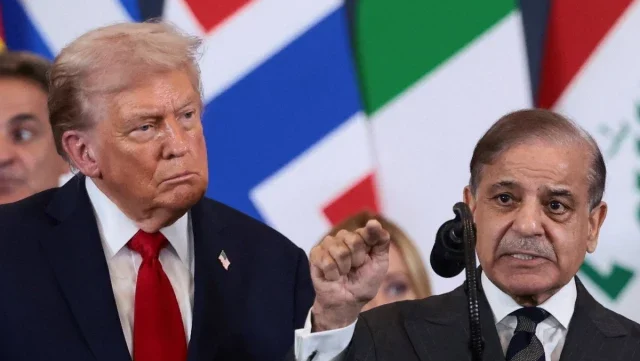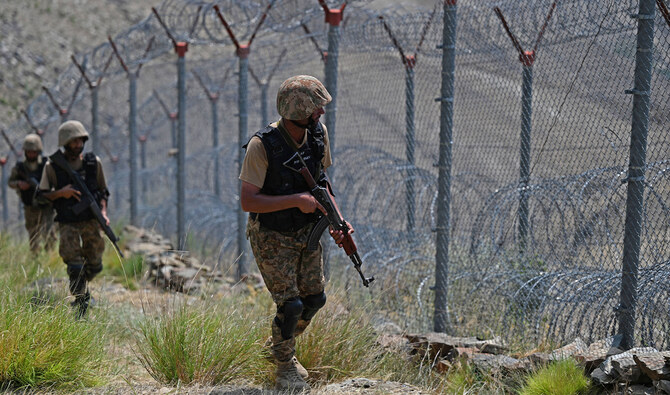A well-coordinated online effort has emerged over the last few weeks, clearly designed to erode the credibility of Pakistan’s chief military spokesman. Director General Ahmed Sharif Chaudhry, who leads the Inter-Services Public Relations office, has found himself in the crosshairs ever since a May press conference and a subsequent appearance at the Hilal Talks. At both events, he warned, based on intelligence assessments, which separatist factions are quietly merging with civil-society groups that pose as human-rights defenders.
Soon after those remarks circulated, a document purporting to be a legal notice from activist Mahrang Baloch’s lawyer appeared on several anti-state and offshore websites. What was billed as formal litigation appears more like a digital stunt intended to intimidate an official for speaking his mind under the Constitution, particularly when the claims cite public safety findings grounded in national interest.
Turning the courts into weapons of information warfare is a brand of lawfare in which open democratic procedures are twisted to hollow out institutional trust from the inside. In this case, the toolbox includes rapid-fire disinformation and counterfeit legal threats, both of which demand careful examination from citizens and analysts alike.
The spokesperson’s comments fall squarely within his assigned role, giving him constitutional latitude to flag emerging dangers, counter false narratives, and protect the state’s storyline. His office, while certainly not beyond oversight, exists precisely to put military insight into the public domain before rumours can have their way.
His comments during the May 23 briefing carried an unmistakable weight; they echoed the classified estimates compiled by this country’s intelligence and security establishments.
The claim connecting Mahrang Langu to Ghaffar Langu, daughter of the late BLA commander, is drawn from open-source documents that routinely appear in police and anti-terrorism filings. A host of jurisdictions, including Pakistan, the United States, and the United Kingdom, have formally listed the BLA as a terrorist entity under their respective anti-terror statutes. The image of a BLA flag spread across Ghaffar Langu’s grave, an image Mahrang has publicly acknowledged and visited, is too charged to brush aside as a mere ornament. In politics, signage operates as language, and when that language springs from groups linked to bloodshed and disruption, it effectively brands its bearer. Many observers read it as a badge or, at the very least, as tacit consent.
Civil Platforms or Narrative Fronts? The Baloch Yakjehti Committee, with which Mahrang is prominently affiliated, continues to position itself as a platform dedicated to civil rights.
Intelligence reviews and social-media trend reports have begun to highlight a recurring set of themes between the messaging of the Baloch Yakjehti Committee and two well-known separatist groups: the Indian RAW-sponsored BLA and the BLF. Both of those organizations have claimed responsibility for a long list of violent incidents across the country, and the parallels in tone and imagery can no longer be dismissed as coincidence.
A more troubling detail is the way BYC posts frequently land in news feeds at almost the exact moment that transnational terrorist outfits issue their communiques. A recent effort to splice comments from the DG ISPR into ISKP propaganda is the latest example. That incident points to a hybrid space where militant cells, social-media influencers, and outside intelligence teams work together to whip up anger and present state counter-terrorism efforts as heavy-handed.
Similar tactics are hardly unique to Pakistan; analysts have documented them in conflict zones from Ukraine to the Middle East. In each case, proxy groups cloak their agendas in human rights language to evade international censure, thereby blurring the line between grassroots activism and organized narrative warfare. At that point, unambiguous transparency from government agencies shifts from a valuable bonus to an absolute necessity, and that is precisely the point the DG ISPR keeps pressing.
For all these challenges, Islamabad does not lack external encouragement. Multiple foreign partners, from Washington to Brussels, have reaffirmed their confidence in Pakistan’s ongoing internal-security framework, citing a sharp decline in domestic attrition rates and the weakening of al-Qaeda affiliates as proof that the strategy has traction.
Days before the DG ISPR stepped in front of cameras, the commander of U.S. Central Command paid a formal visit to Islamabad and praised Pakistan’s military campaign against IS-Khorasan. CENTCOM’s chief called the country a frontline partner in the global fight against terrorism, an endorsement Islamabad has sought for years.
Numbers tell part of the story: since the 9/11 attacks, roadside bombs, suicide vests, and urban raids have claimed at least 80,000 lives across the police force, the army, and civilian corridors alike. Even so, chat rooms and texting apps skew the narrative, amplifying harsh critiques while downplaying the toll in just hours.
Under those circumstances, questioning the DG ISPR or trying to gag him feels like handing a scalpel to an infant; such moves cut the state’s tendons. If every briefing on militant links invites court papers or trending hashtags, the information counter-offensive collapses before it is launched.
Carnival politics, meanwhile, has slapped an odd sticker on the affair; somewhere in cyberspace, a rumor insists that Mahrang Langu is in the running for a Nobel Peace Prize. Real committee rules keep nominees under lock and key for half a century, a fact drowned out by retweets but not by common sense.
Activists quickly drape themselves in self-styled accolades that seem almost absurd at first glance, yet every award pin and press photo is carefully designed. The larger goal is obvious enough: deflect real questions, manufacture a wave of global empathy, and twist genuine security probes into supposed human rights offenses.
Hybrid warfare keeps mutating, and one fresh variant runs on what you might call weaponized victimhood. The approach borrows freely from traditional rights rhetoric to cloak, in some cases, open ideological backing for armed groups. States that face this tactic find themselves boxed in: move forcefully and the world shames you, stay quiet and you forfeit the public argument.
Clear-headed responses beat spasmodic countermeasures every time. That kind of clarity, no frills and no extra heat, is precisely what the DG ISPR delivered when pressed. Courts can hear all sorts of cases, including those that challenge official national security pronouncements, and the practice is perfectly within legal bounds.
The moment such cases shift from courtroom procedure to a tool for shaming or silencing an agency, they cross over into narrative sabotage. The recent writ served against the DG ISPR fits that bill: tactical theater wrapped in legal language.
Furthermore, the Pakistani Constitution does not prohibit government officials from commenting on matters that affect national security. Public office does not come with a gag order on the subjects that keep the country itself secure.
The military is first and foremost mandated to safeguard the federation from dangers both at the gates and within the walls. When the Director-General of Inter-Services Public Relations stepped before the cameras, he was discharging that constitutional assignment. Declaring his words an act of defamation or a personal vendetta misses the mark and, even worse, invites disorder into a moment already thick with tension.
Pakistan is facing no single front; bombs may still go off on a provincial highway, yet fabricated headlines are detonating just as loudly in news feeds. The DG ISPR, speaking as an officer paid to convey hard truths, listed the threats that no citizen should be sugar-coated. The discomfort people feel does not nullify the loyalty he has sworn to uphold.
Defending the DG ISPR is not about shielding a man in uniform; it is about fortifying the institutional cadence of security policy and, by extension, the country’s right to tell its own story. When the fight shifts from sandy hilltops to smartphone screens, silence becomes a far more lethal enemy than any gun. Disinformation wins by default if the state stops speaking.









